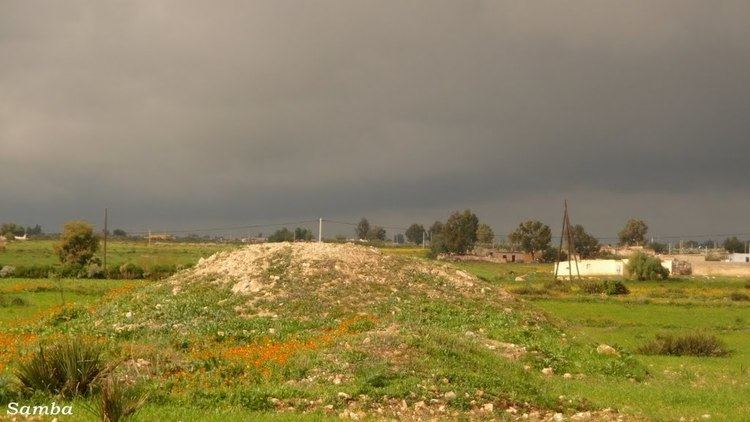Country Region Chaouia-Ouardigha | Area 52 km2 | |
 | ||
Mayor Mouhamed Zekrani (Constitutional Union, 2009) | ||
Map of Khouribga
Khouribga (Berber: ⵅⵯⵔⵉⴱⴳⴰ, Arabic: خريبكة) is the capital of Khouribga Province in the Béni Mellal-Khénifra region of Morocco. With a population of 196,196 (2014), Khouribga owes its growth to the phosphate deposits nearby. Khouribga was also a large site of colonial French settlement, with many houses still standing today in the city.
Contents
- Map of Khouribga
- Ocp khouribga
- Geography
- Phosphate
- Industrial activities
- Industrial areas
- Services
- Agriculture
- Handicraft
- Health
- Twin Cities
- Notable people
- References
Ocp khouribga
Geography
Located at least 120 km from Casablanca, 154 km from the capital, Rabat, 200 km from the city of Marrakesh, 99 km from the city of Beni Mellal and 60 km from the city of Settat.
Khouribga is located 820 meters above sea level on the Ouardigha plateau. The city was founded in 1923 by the authorities of the French protectorate when they discovered phosphate in the region, for which Morocco is considered to be the biggest exporter in the world. There are several mines in the province, most notably the mine of Sidi Shennan near the town of Oued Zem, which lies 30 km from the village of Boulanouar (5 km) and the town of Boujniba (10 km) and the village of Hattane.
The Province of Khouribga is bordered by the Province of Beni Mellal in the east, Province of Ben Slimane in the west, the Province of Settat in the south, and Khémisset Province in the north.
Phosphate
The Province of Khouribga has a large phosphate reserve estimated 35 to 40 billion cubic meters, which is ranked first at the national level. Also Khouribga is one of the cities that brings hard currency and that is due to its community residents from Italy.
Industrial activities
Regardless of phosphate mining, the province knew the emergence of other industries in various economic sectors:
Industrial areas
The province has three Industrial zones:
Services
The province has several services, among them:
Agriculture
The agricultural lands is divided into 50% arable land, 20% forests, 30% unused land. Livestock is the most important source of income for the rural population, the herd is estimated to be:
Handicraft
The handicraft sector represents a sizable part of the local economy with 9 cooperatives (260 members), and a handicrafts association.
Health
The facilities cover most of the province with:
